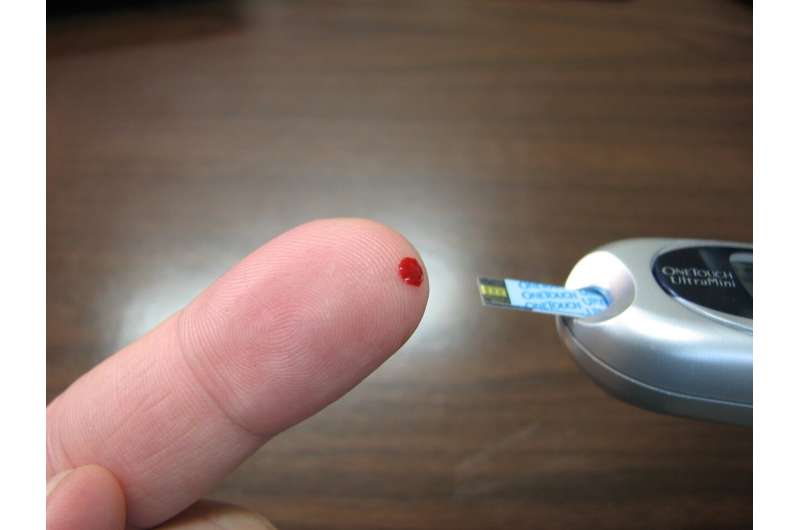
A new automatic approach of classifying raw data from continuous glucose monitoring (CGM) has been proven feasible and shows potential for guiding glucose management among patients with diabetes, according to a recent study in Health Data Science.
Recent advances in CGM devices allow diabetic patients to monitor real-time changes in glucose and the effect of dietary and lifestyle intervention and medication on their glucose levels. This is revolutionizing how doctors and patients can work together to improve health outcomes and quality of life through personalizing treatment. While the readings from glucose monitoring devices can be readily available for the patient and their physician to interpret, the process can be time-consuming, complex, and inefficient. Also, technical issues with the data structure, including the irregular timing of recordings and the complexity of the readings, challenge cohort-level analysis.
Extracting key measurements could allow physicians to more rapidly and accurately interpret the data to improve the quality of care provided. This can be achieved by allowing more efficient and more profound analyses of successful strategies and targeting specific interventions at patients most likely to benefit from such strategies, says Kyle Xin Quan Tan, a doctor with NOVI Health, Singapore.
“To this end, we developed a way of reducing the complexity of continuous glucose measurements to a smaller, distilled set of measurements that encapsulate the most important aspects of a patient’s records,” says Sue-Anne Toh, author and doctor with NOVI Health, Singapore and the National University of Singapore. “In a use case, we demonstrated the existence of four ‘glucotypes’, groups of patients whose glucose measurements display different dynamics across the course of the day.”
Linked to commonly observed patterns of glycemic responses, glucotypes have been associated with clinical implications in many investigations. In addition, the ability to rapidly assign individuals to one of such categories may serve as a basis for personalized lifestyle and medical advice.
“The novel advance that this paper documents is the means of collapsing CGM readings into a smaller subset of key measurements, and further to simplify the key measurements into a small number of glucotypes,” says Alex R Cook, associate professor with the National University of Singapore. The combination of glycemic characteristics and an automated unsupervised classification algorithm may advance systematic risk stratification, intervention, and diabetes management.
He further explains that this process can facilitate other statistical analyses, such as assessing whether particular drugs or lifestyle changes have a more pronounced effect on certain glucotypes.
The research team is a mix of academics and physicians who use CGM technology frequently in their clinical practice. This allows the research results to be more easily translated into practice, for instance, by incorporating these classification methods into patient management tools.
Source: Read Full Article
